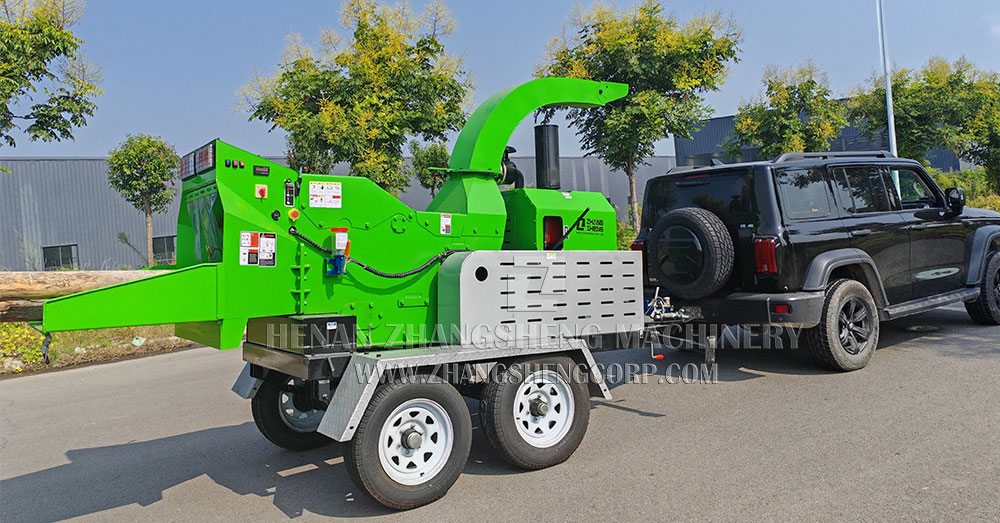Wood chippers are essential tools in landscaping, forestry, and waste management, transforming large branches and wood debris into manageable chips. Understanding the different types of wood chippers is crucial for selecting the right machine for your specific needs.
Stationary Wood Chippers
Stationary wood chippers are designed for fixed installations and are typically found in lumber yards and industrial environments. These machines are built for high capacity and continuous operation, allowing them to process large volumes of wood quickly. They often feature advanced technology, such as automatic feed systems and powerful engines, to maximize efficiency. Stationary chippers are ideal for commercial operations where wood waste is abundant and requires regular processing.
Towable Wood Chippers

Towable wood chippers strike a balance between power and portability. These machines can be easily towed behind trucks or tractors, making them a popular choice for contractors who need to move equipment between job sites. With features designed for ease of transport, such as lightweight frames and compact designs, towable chippers are versatile and adaptable. They are suitable for a variety of tasks, from residential landscaping to large-scale land clearing projects.
Electric Wood Chippers
Electric wood chippers offer an eco-friendly alternative to gas-powered models. These machines are quieter, lightweight, and easier to handle, making them perfect for residential use. Ideal for processing small branches and leaves, electric chippers are typically best suited for routine garden maintenance. However, their capacity may be limited, making them less suitable for larger projects that require the processing of more substantial wood debris.


